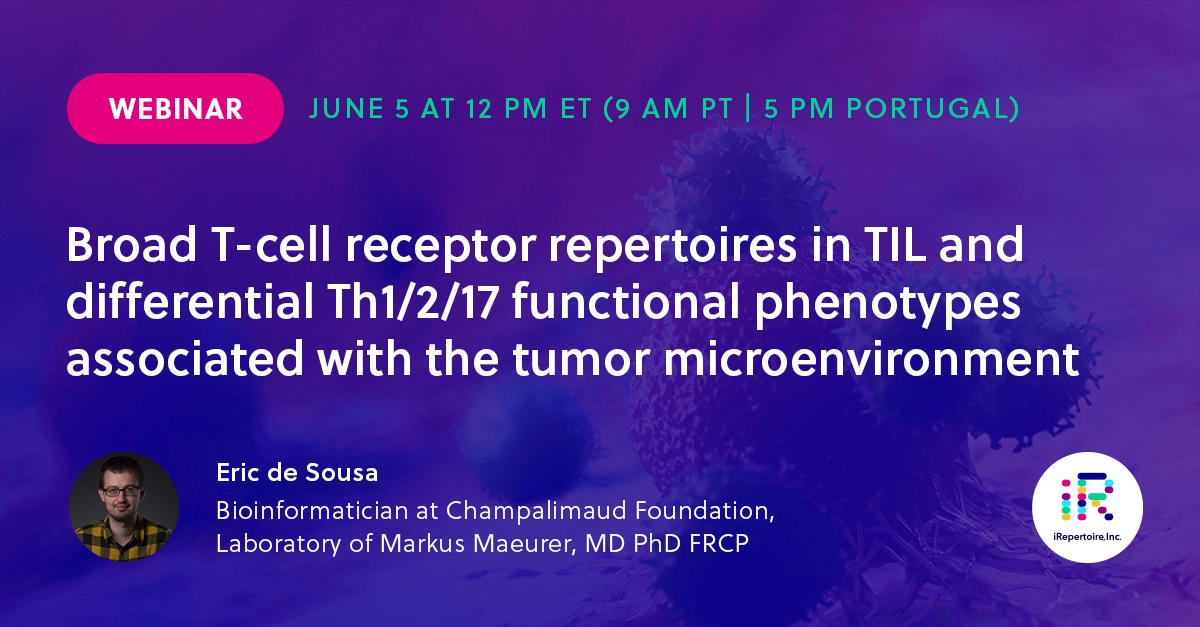Abstract
TIL therapy is a highly personalized active cell therapy (ACT), where tumor-infiltrating T-cells are removed from tumor tissue, expanded and manipulated ex vivo to large numbers, and subsequently re-infused, usually after lymphodepletion and along with interleukin-2. TIL therapy has mediated regressions in patients with melanoma, cervical cancer, lung cancer, and some individual patients with epithelial cancer. Although the tumor microenvironment (TME) suppresses effective cellular anti-tumor immune responses, TIL may exhibit a particular epigenetic imprint imposed by the microenvironment, which facilitates precursor T-cells to hone and remain in cancer lesions effectively. The standard approach to characterize a TIL product before ACT is phenotypic classification and gauging immune potency directed against molecularly defined targets, usually measuring IFN-γ production. The breadth and diversity of the molecular composition of TIL containing low-frequency clones capable of reacting to tumor-associated mutant or non-mutant targets with (polyfunctional) cytokine production will aid in better understanding a complex patient-derived ATMP (advanced therapy medicinal product).
High-throughput sequencing of the T-cell receptor (TCR) repertoire is a robust and molecularly defined way to identify the clonal composition in a T-cell population, which can be used to i) describe the TIL position in the tissue from which the TIL was derived, ii) describe the TIL product, also during different states during expansion, iii) compare different areas of the raw product, i.e., the tumor tissue regarding the molecular TIL composition, iv) link TCR usage to defined MHC: peptide recognition and subsequently v) link the frequency of antigen-specific TCRs either to the tissue, to TIL, or peripheral blood mononuclear cells (PBMCs) harvested from patients after TIL treatment.
We describe some of the examples listed above in the webinar and address spatiotemporal differences in TIL linked with antigen recognition and different qualities of cytokine production associated with the area of tissue harvest. Differences in cytokine production may be (non-mutually exclusive) associated with TCR signaling upon recognition of the nominal MHC:peptide ligand, or be associated with the epigenetic imprint in the complex tumor microenvironment (TME). Dispensable tumor tissue from 5 different patients with epithelial cancer was immediately segregated after surgery into individual zones based on the presence of tumor cells, immune cells, TLS (tertiary lymphoid structures), tumor core, invasion front, or desmoplastic zones with sparse tumor and T-cell infiltrates. T-cells from these different zones were then separately analyzed. High-throughput sequencing of the TCR α, β, γ, or δ CDR3 regions was performed in the parallel tumor section, the corresponding expanded TIL, and in peripheral blood. TIL expansion resulted in a broad TCR repertoire distinct from TIL in the tumor tissue from an adjacent parallel tissue section. Differences in antigen-specific Th1/2/17 cytokine production pattern were associated with the origin of the TIL, i.e., whether TIL was derived from the tumor core or the invasion front. Either ´learned immunity´ or TCR-signalling linked to specific target recognition contributes to differential Th1/2/17 cytokine production patterns. Deep TCR α/β and γ/δ analysis aids in describing the molecular TIL composition objectively and may also aid in making more educated decisions on whether genetic engineering of TIL may increase their potential to mediate biologically and clinically relevant anti-cancer directed immune responses.
Highlights
Spatial differences in TIL origin site (e.g., core vs. invasion front) reveal differences in TCR repertoire and cytokine production.
TIL origin site determines antigen-specific Th1/Th2/17 cytokine production pattern.
Observed patterns in TIL cytokine and TCR repertoire impact anti-cancer immune response and may inform engineered cell therapies.
Speaker Bio

Eric Desousa – Bioinformatician at Champalimaud Foundation
Eric de Sousa is a PhD student in Bioinformatics at the laboratory of Dr. Markus Maeurer in the ImmunoSurgery/ImmunoTherapy group at the Champalimaud Foundation. He worked previously at the University of Liverpool, where he received his education at the University of Algarve and the University of Lisbon. His current interests are related to using TCRs to develop cellular treatments for patients with cancer. Markus Maeurer, MD, PhD, FRCP(London) is a professor at the University of Mainz, Germany, worked at UPMC, Pittsburgh, Karolinska in Stockholm, and heads the Immunotherapy Unit at the Champalimaud Foundation.
Register now
